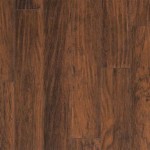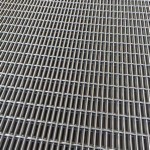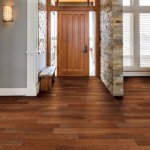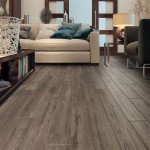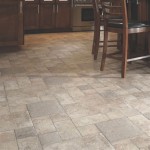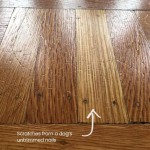Laying Vinyl Flooring In Kitchen: Essential Aspects
Vinyl flooring is an excellent choice for kitchens due to its durability, water resistance, and ease of maintenance. Laying vinyl flooring in a kitchen requires careful planning and execution to ensure a professional-looking and long-lasting finish.
Preparation
Before you begin laying vinyl flooring, it's crucial to prepare the subfloor. The subfloor should be level, smooth, and dry. Any unevenness or imperfections can lead to buckling or cracking of the vinyl flooring. If necessary, use a self-leveling compound to smooth the subfloor.
Acclimatization
Allow the vinyl flooring to acclimatize to the room temperature for at least 24 hours before installation. This will prevent the flooring from expanding or contracting excessively after it's laid.
Layout
Plan the layout of the vinyl flooring before you start laying it. Determine the starting point and work your way out from there. Use a chalk line or straight edge to ensure the planks are aligned correctly.
Adhesive Application
Apply the adhesive to the subfloor using a trowel. Follow the manufacturer's instructions for the application rate and drying time. Allow the adhesive to dry slightly before laying the vinyl flooring.
Laying the Flooring
Place the first plank and press it firmly into the adhesive. Use a tapping block to ensure a secure bond. Continue laying the planks, staggering the joints and pressing them firmly into place. Use spacers to maintain even gaps between the planks.
Trimming
Once the flooring is laid, trim the edges to fit around cabinets, appliances, and walls. Use a utility knife or a circular saw to make precise cuts.
Rolling
Use a heavy roller to press down on the flooring to ensure a secure bond and remove any air bubbles. Roll in both directions, applying even pressure across the entire surface.
Expansion Gap
Leave a small expansion gap around the perimeter of the room to allow for the flooring to expand and contract. Use quarter-round molding to cover the expansion gap and provide a finished look.
Maintenance
Vinyl flooring is relatively easy to maintain. Sweep or vacuum regularly to remove dirt and debris. Use a damp mop and a mild detergent to clean the floor. Avoid using harsh chemicals or abrasive cleaners, as they can damage the flooring.

Tips For Installing A Kitchen Vinyl Tile Floor Merrypad

Can You Install Vinyl Flooring In The Kitchen Singapore

How To Lay Vinyl Flooring Kitchen Makeover Sandhya S

How To Install Vinyl Flooring In A Kitchen Step By Guide

How To Choose Best Vinyl Flooring For Kitchen Scv Floorsmith

How To Lay Vinyl Flooring Kitchen Makeover Sandhya S

How To Install Vinyl Flooring In A Kitchen Step By Guide

Learn How To Choose Vinyl Flooring And Install It In Your Home

Lvt Flooring Over Existing Tile The Easy Way Vinyl Floor Installation Diy

Diy Flooring How We Changed Our Kitchen In 3 Days For Less Than 400 Your Home Renewed
Related Posts

